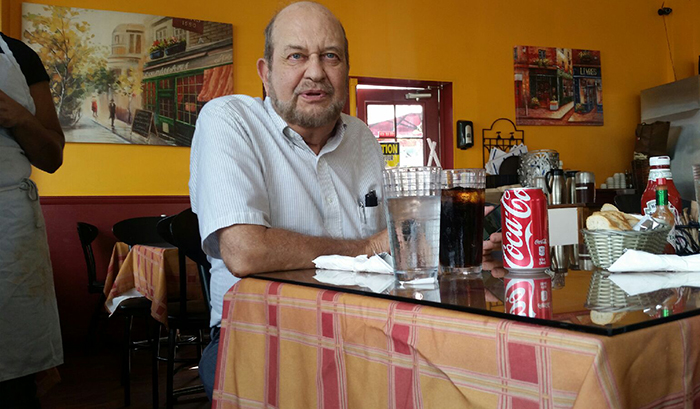If any legislative bill was a no-brainer for easy passage and then approval by Gov. Brown, it was Senate Bill 568, sponsored by Democratic state Sen. Ricardo Lara of East Los Angeles.
No one at all, in Sacramento or anywhere else, argues with the premise behind this new law: California has long had far less influence in choosing America’s presidents than it should, principally because it has had virtually no role in vetting nominees of the two major parties.
More than 12 percent of the American people have been essentially disenfranchised for almost half a century, while small states like South Carolina and Wyoming gained influence. The tail has wagged the dog for decades, most recently giving the nation and world President Trump.
Because the last couple of presidential primary elections here were held in June, the outcome in both parties was determined long before either party’s campaign reached this Golden State. Candidates came here only to tap wealthy donors for campaign funds. Billionaire Californians might have had some influence, but not ordinary voters.
This has mostly been the California situation since 1972, when South Dakota Sen. George McGovern beat Minnesota’s Sen. Hubert Humphrey in their Democratic contest to run against then-President Richard Nixon, a former Republican senator from Whittier.
No subsequent California primary in either party provided anyone with a decisive, or even significant edge. The closest to it came in 2008, when Hillary Clinton beat Barack Obama in the Democratic primary here in mid-March, the victory keeping her hopes alive two more months when they’d have died much sooner had she lost here.
That wasn’t enough to satisfy anyone. So legislators and Mr. Brown threw up their hands and opted to return to the state’s traditional early June date.
But plenty of Californians remained unsatisfied, and the notion of an early primary was revived this year, in the form of Mr. Lara’s bill.
As first written, this measure held great promise. It moved the entire California primary up into March, contests for state offices coinciding with the presidential vote. It gave future governors the ability to move the vote up even farther if other states tried to steal California’s thunder by moving their own votes ahead of California.
Earlier efforts to gain influence with mid-March votes in the 1990s and early 2000s were stymied when other states either moved their primaries ahead of California or shifted to the same date, which became a widespread Super Tuesday.
To prevent that, Mr. Lara wrote that new provision into his bill: If other states moved up, the California vote could be switched to a date as early as two weeks after New Hampshire’s first-in-the-nation primary, whose status is written into the rules of both major parties.
That, he thought, could discourage other states from once again stealing California’s influence.
But lawmakers amended this provision out when county voting registrars said they need certainty years in advance, that a shift even six months prior would make things too difficult for them. So California remains open to the same kind of frustrating one-upsmanship as in previous efforts to move the primary up.
The provision never should have been removed. The good news is that it can come back in next year’s legislative session, when voters will be more politically conscious than this year because of the upcoming mid-term elections.
Yes, the new March 3 date for the 2020 primary is unquestionably an improvement over early June. Even if lots of states also move their votes up, candidates won’t be able to ignore California as they’ve done so many other times.
But March 3 may not be good enough. An even earlier date might be advisable if the next governor wants Californians – and especially himself or herself – to have a major voice.
So here’s to Gov. Brown for signing Mr. Lara’s measure that virtually guarantees the state will have some voice next time around. But let’s increase the volume of that voice by giving the next governor and the one after that, and so on, a chance to amplify California’s well-deserved voice.
Considering the many areas in which California leads America, why not politics, too?
Mr. Elias may be contacted at tdelias@aol.com. His book, “The Burzynski Breakthrough: The Most Promising Cancer Treatment and the Government’s Campaign to Squelch It,” is now available in a soft cover fourth edition. For more Elias columns, go to www.californiafocus.net

